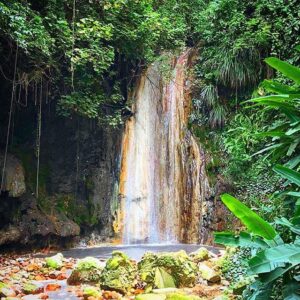Top dust control methods that you need to know

dust control
Dust suppression solutions are very necessary on construction sites, mining sites, processing plants and other operations that generate dust. Dust consists of small airborne particles and occurs due to traffic and wind movements. The particle sizes of dust differ according to the nature of activity generating them. There are different techniques for controlling dust used in construction and mining sites. Some of the top control methods are salts and brines, water, bitumen emulsions, lignosulfonates, surface-active agents, liquid polymers, polymer emulsions, highly refined synthetic fluids, petroleum derivatives and vegetable oils.
Dust has negative effects on health and the severity of these effects depend on the type of concentration, dust, exposure duration and more. Apart from disturbing the respiratory system processes by the mechanical properties of dust particles, dust has a negative influence due to the chemical features. Dust can also be toxic to a certain level if it contains PAHs, metal, and other organic compounds. These compounds can be contained in nearly every type of dust: construction dust, soil dust, dust from quarries and mines.
The possible precise consequences of exposure to dust in daily life are hard to determine. Dust control is therefore crucial for the protection of human health. Besides the impact on health, dust reduces visibility in worksites and traffic, contributes to the deterioration of roads, and contaminates the environment.
Chemical products and mining equipment used for suppression of dust include products manufactured as dust suppressants, water, synthetic or natural compounds, and waste from other manufacturing processes. Here is a breakdown of some of the top dust control methods.
Water
Water is a common dust suppressant and it is the most widely used. The most widely used dust control measure to date has been particle agglomeration through the water’s capillary effect. The balance between its sustainability and efficacy remains the cause for concern. The single application of water has a very short-term effect. This means that watering is a meaningful method if dust should be controlled for a short time. The application rate of water is important since applying a lot of water at the same time may create mud and destroy the soil structure.
Salts and brines
The application of salts and brines is the most common method of controlling dust. Magnesium chloride and calcium chloride are the major products under this group. These dust control methods are used to stabilize the soil surface through absorbing moisture from the atmosphere so a target region needs to have enough levels of humidity, between 30% and 80%. Salts such as magnesium chloride, calcium chloride and sodium chloride can increase the surface tension of water between particles hence slowing down the rate of evaporation.
Liquid polymers
This is also one of the common dust suppression solutions used in mining and construction. Liquid polymers bind and coat the surfaces to suppress dust. Synthesis of polymeric components is done to target penetration, saturation, and bonding on the top layer even after the evaporation of water. The greatest motivation to use liquid polymers has been the reduction in water volume used which saves time and cost.





